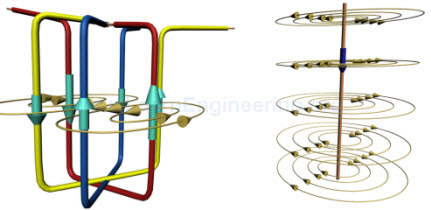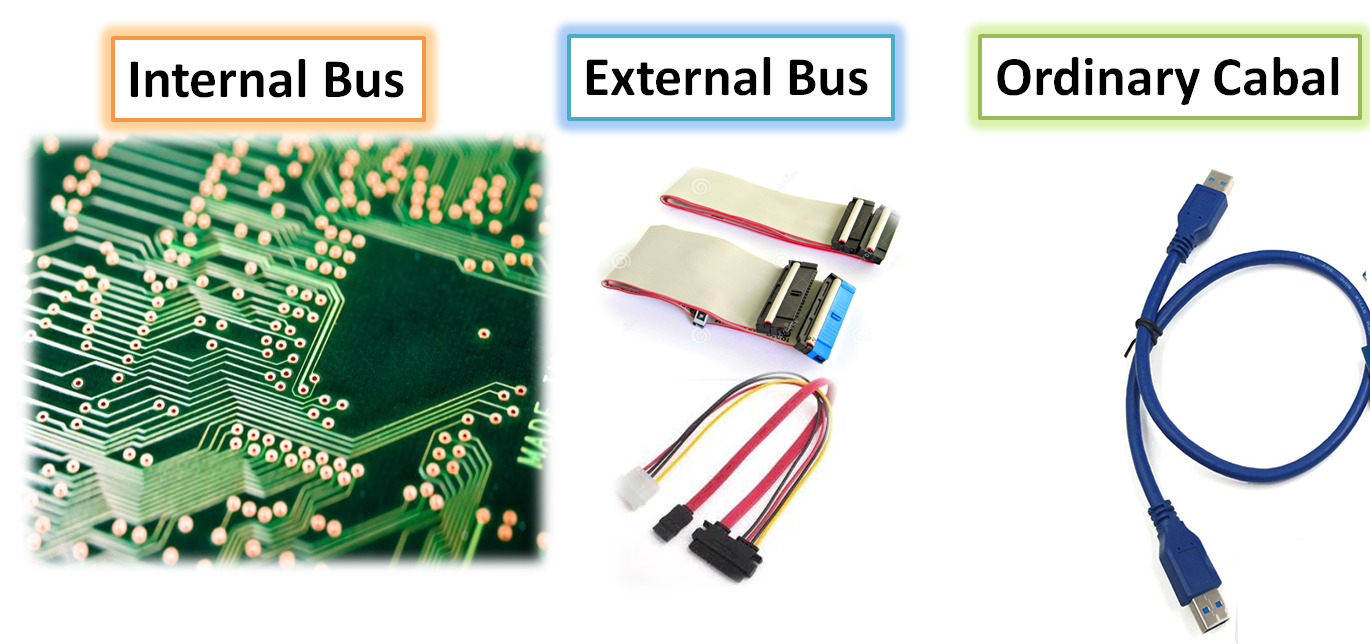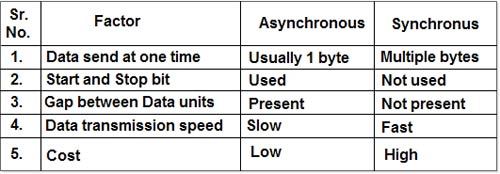
There's just too many different approaches, and a lot of them really only make sense in the very narrow use case of a specific system. In fact, synchronization is among the most diverse things you'll find in digital communication schemes – so, I really can't list all the things systems do to synchronize. There's plenty of ways to keep synchronization. So, what you need is synchronous clocks, not necessarily a clock signal. Synchronous communication requires that the clocks in the transmitting and receiving devices are synchronized – running at the same rate – so the receiver can sample the signal at the same time intervals used by the transmitter. Is clock wire always needed in synchronous serial? What's the exact difference between butter and margarine for instance. I'm having a hard time understanding the exact distinction between It's not just about aligning the bits but also aligning the message. However, for synchronous transmissions, frame markers are usually required that are embedded into the data in order to provide a sync reference.

Having a transmission break that is longer than one byte means the receiver can sync up. sending a continuous stream of asynchronous data can mean never being able to have a receiver sync up to that data. Stop bit(s) are also required as are transmission breaks i.e. When we say asynchronous, does it always mean we use start and stopĪsynchronous transmission always needs a start bit so that (for example) the UART receiver can have enough time to sort itself out and calculate where the middle of the data symbol is so that it can sample the data stream at the most optimum point for minimal error. Is clock wire always needed in synchronous serial? If not, how do weĪs far as I'm concerned you can send data synchronously by either using an external clock signal or modifying the data stream to contain a clock signal à la Manchester encoding or data scrambling to keep the bit changes ticking over.
ARE MODERN COMPUTERS SYNCROUNOUS BUSSES OR AASYNC SERIAL

The most common variety uses start bits to align the phase at the beginning of each transmitted word.


Also you can use "third-party clocks", if both sides have access to some shared clock.) Most truly synchronous serial communications can run with uneven bit times (ie, you just get a data bit when the clock says, and there is no timing information at all. Synchronous means one side sends a clock signal that both sides use to clock the bits.


 0 kommentar(er)
0 kommentar(er)
